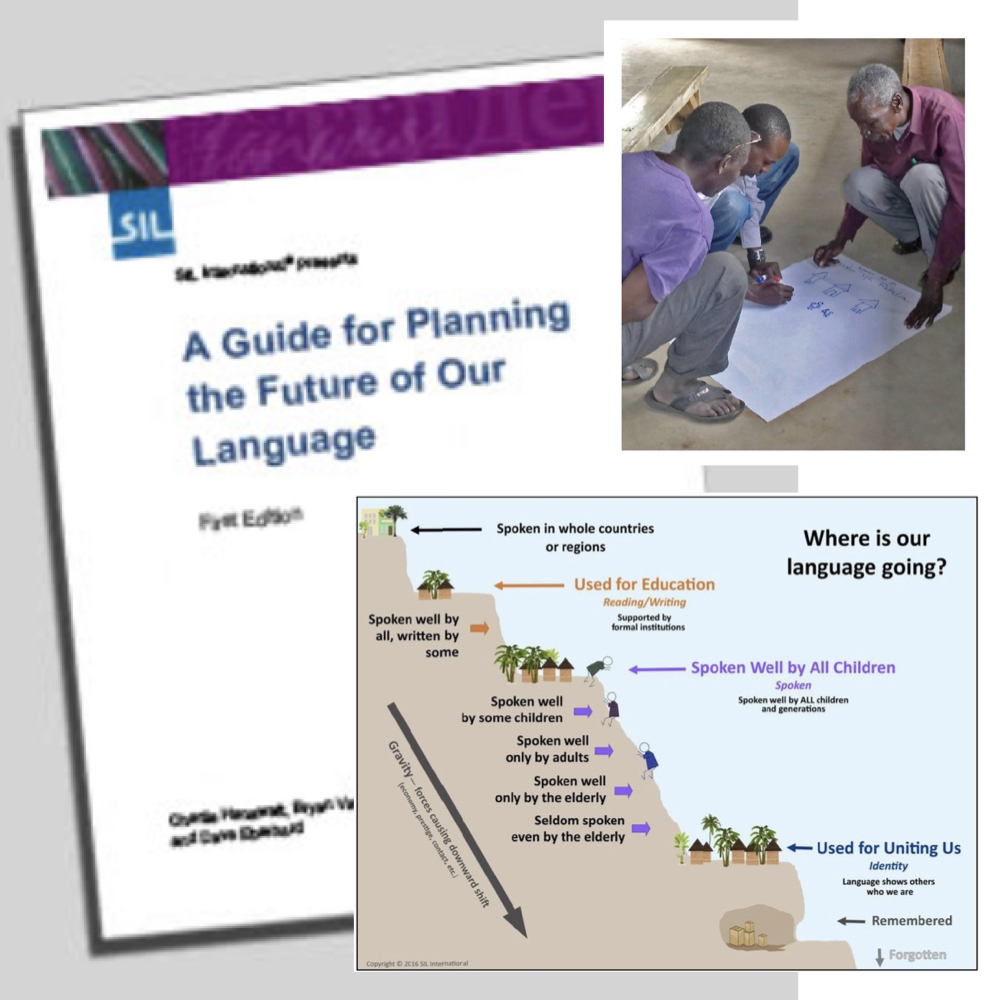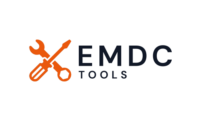
“A Guide for Planning the Future of Our Language” (Guide, for short) is a tool for local communities to help their members talk together about how they are currently using the languages that they speak and what that means for the future of their heritage (traditional) language. It allows people of the community to make decisions themselves without the distractions that outsiders may cause. It is important for those who want to create and use Scripture products or to start ministry programs to know how languages are used in their community. The Guide will help determine which language will be best to use with which groups in the church.
It will also help you decide which medium (written, audio, video, oral, song, etc.) will be best to use for Bible products or ministry programs in that language. (The SE Guide itself will also be a big help in this aspect)
Website: SIL.org
This May Be a Good Tool For Your Community If you want to find out more about your language community.
Going through “A Guide for Planning the Future of Our Language” will help language communities:
- Raise awareness about the current situation of their traditional language.
- Raise awareness about how they use all of the other languages at their disposal.
- Make informed decisions on what they want to do in the future with each of the languages they use.
- Develop a plan to reach their language-related goals.
- Know how to communicate with interested development and partner organizations about their community’s needs.
How This Works
This Guide is not meant to be applied within a community at a single sitting. It is long. It should be looked at as a journey of discovery together, not just a document to get through. This means that it will take time. The actual discussions within the local community should be done carefully and should not be rushed in order to make sure that the best decisions possible are being made. This means it will likely require meeting over several days or meeting several times. Cultural calendars will also need to be consulted and respected (for example, choose a time when the community is most available such as when they are not overwhelmed with extra seasonal work.)
Finer Details
What challenges or difficulties are there using this resource?
The introduction to the initial concepts in the Guide can take from a few days to a week. After that, more participation will be needed by community members and by those in other communities where the language is used. It will take good organization to get the right presentation. It will take time to go through it with various communities. It is also important that participants speak for the language community at large, rather than from just a personal perspective. The best representatives are the leaders of the communities, but leaders are often busy and unavailable.
How To Get Started
Steps in using the Guide:
- Identify all the languages you use, who uses them, and how they are used.
- Analyze the strengths and weaknesses of how you use your traditional language now.
- Understand what your current language use means for the future.
- Identify whether your language has been sufficiently documented.
- Set goals and make plans for how you would like to use your language in the future.
You can find more information in this website, or at an alternative website. The Guide itself is available in book format and can be downloaded for free from these websites.
